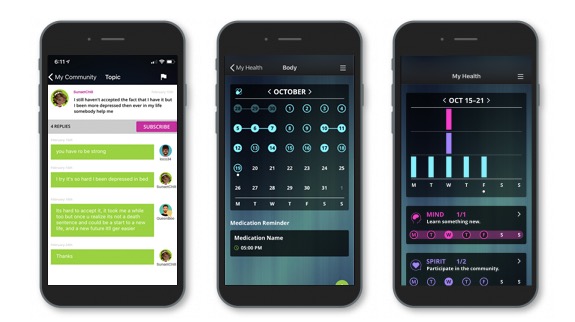
By: Ann K. Avery, MD, Infectious Disease Physician at MetroHealth Medical Center
While growing up, you’ve probably learned about Sexually Transmitted Infections, or STIs, in health class. An STI is a type of infection that is transmitted from one person to another during oral, anal, or vaginal sex. Some examples of STIs you’ve probably heard of are gonorrhea, herpes, and syphilis.
HIV is another type of STI. Certain STIs can make it easier to get HIV, such as herpes. STIs can also increase the chances of passing HIV to a partner.
Let’s dig into the relationship between HIV and STIs so you’ll be able to make informed decisions for yourself and future partners!
STIs that are caused by bacteria, like syphilis, gonorrhea, and chlamydia, or parasites, like trichomoniasis, can be cured. HIV, herpes, and HPV (the virus that causes genital warts) are caused by viruses and can’t be cured by medicine. Condoms and other barrier methods, such as dental dams and internal condoms, can lessen the chance of STI transmission, but not totally protect you since sometimes all it takes is skin-to-skin contact to get an STI (like Herpes).

Relationship Between STIs and HIV
HIV and other STIs have a pretty complex relationship. Above we talked a little bit about how having an STI can make it both easier to get or pass on HIV.
Some STIs create sores or ulcers in the skin, creating an easy way for HIV to enter. Herpes, syphilis, and chancroid are all STIs that can cause sores. STIs like trichomoniasis, chlamydia, and gonorrhea cause inflammation. When there’s inflammation in and around your genitals, it makes the cells of genital secretions increase. That means there are more cells for HIV to attach itself to.
Come join our private, stigma-free, supportive community.
Health management tools with medication & appointment reminders.
Social networking in a community conversation & private chats.
How STIs Get Passed from one person to another
STIs get passed from one person to the next by condomless vaginal, anal, or yes, even oral sex (did you know you can get gonorrhea in your throat?!). They can also be passed by sharing sex toys that haven’t been cleaned or any other exchange of genital fluids.
Things that can increase your risk of getting an STI include:
- having sex without a condom or other barrier
- changing your sexual partners often, or
- having multiple sexual partners at once
How to Prevent STIs
There are actually a lot of different things you can do to either prevent or decrease your risk of getting an STI. Wearing a condom or using other barriers, such as internal (“female”) condoms or dental dams, each and every time you have sex is probably the most effective way to decrease risk of STIs.
Regularly getting tested is also important. If you think you could have an STI, get tested ASAP. The sooner you get tested, the sooner you get treated. Even if you don’t have symptoms, you could still have an STI. It’s important to note that not everyone shows symptoms.
It can be really hard to have the STI talk with a new partner, but it’s so important. You don’t have to get into specifics about your past partners, but they do deserve to know your sexual health just like you deserve to know theirs. Maybe you could even think about going to get STI screening together? Make sure you talk about HIV too and, if you’re dating someone with HIV, talk to your doctor about PrEP.
Say Goodbye to STIs
We just threw a lot of information at you, but it’s stuff everyone needs to know to have happy, healthy, and safe sex lives. When you have sex, especially with a new partner, make sure to make smart choices to protect yourself against STIs. Your body will thank you!
Related Blogs:




